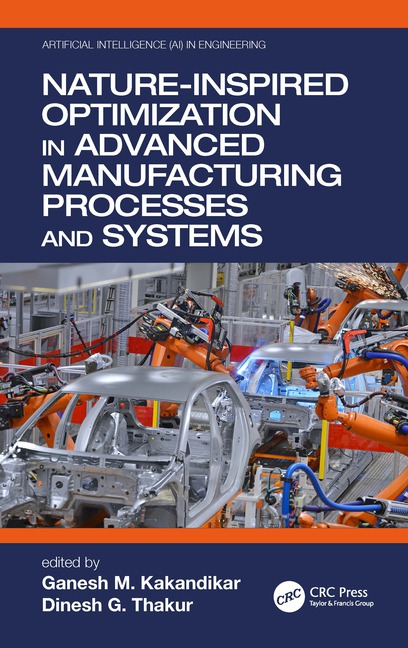Every time you turn a corner in your car, you're using a mechanism that can also be found in gantries, machine tools and other automated equipment: a rack and pinion.
Rack-and-pinion systems convert rotary motion into linear motion, or vice versa. The rack is a straight bar with teeth cut across it-a gear with infinite radius. The teeth are flat-sided and involute. The pinion is a round gear with mating teeth. Rotating the pinion moves the rack side to side. Moving the rack turns the pinion.
The rack and pinion can be made from steel, stainless steel, aluminum, brass and plastic. Gear teeth can be made in straight, helical, worm and herringbone styles. Straight teeth are perpendicular to the rack length; helical teeth are at an angle to it. Helical teeth run quieter than straight teeth, especially at high speeds. Helical teeth also have a higher contact ratio than straight teeth, which increases the system's load capacity. However, a rack and pinion with helical teeth is more difficult to set up and align than a mechanism with straight teeth.
One example of a rack-and-pinion positioning system is the MKZ linear module from Bosch Rexroth Corp. Linear Motion and Assembly Technologies (Charlotte, NC). Two ball rails, with two runner blocks each, are mounted to an aluminum frame. An aluminum carriage is mounted to the blocks. The rack is attached to the side of the frame, and the pinion, gearbox and motor are attached to the carriage.
Compared with other mechanisms for linear positioning, rack-and-pinion systems are rugged, efficient and economical. They are as fast as other types of linear motion systems. However, depending on the design and how well the gear teeth are made, they are not as accurate. In addition, a brake is required if the rack and pinion is used in vertical motion applications.
On the other hand, rack-and-pinion systems have some unique advantages, says Danielle Collins, product manager for linear modules at Bosch. Whereas travel length tops out at approximately 6 meters for ballscrew systems and 14 meters for belt-driven systems, travel length for rack-and-pinion systems is unlimited. And, unlike ballscrew or belt-driven systems, rack-and-pinion systems can support multiple carriages that can move independently of one another.
"That can save you space and integration time," says Collins. "We recently built a very long rack-and-pinion module, with multiple carriages, for a medical manufacturing application. Each carriage moved independently and carried a vertically oriented linear axis. Each carriage made a series of stops to dip a part into a chemical bath. If you had to do that with belt-driven modules, you'd need four or five units."
The accuracy of a rack and pinion is determined by three variables: backlash, pitch deviation and tooth quality. Backlash is the amount of clearance between the flanks of the gear teeth. It varies with the design and quality of the components, and with how well the two are aligned. Backlash can be eliminated with a split-pinion system. A split pinion consists of two pinion halves and an axial spring pack. The pinions mesh with opposite tooth flanks on the same rack. The axial spring pack preloads the system to ensure that no backlash develops during operation.
Pitch deviation is the difference between the theoretical rack length and its actual length. This varies with the quality of the rack. Some servo systems can compensate for this error by using a laser interferometer to map out the errors. Racks with zero cumulative pitch deviation can be made, even for long travel lengths, but they're expensive.
Tooth quality is a measure of how accurately the tooth flanks are manufactured. This affects the precision and smoothness of the system. Hardened and ground rack and pinion assemblies are the most precise.
When specifying a rack and pinion, engineers should consider the load, the orientation of the axis, speed, travel length, precision requirements, environment and duty cycle. When calculating the load, engineers should include external loads, such as the force that might be exerted on the carriage by a screwdriving operation.



